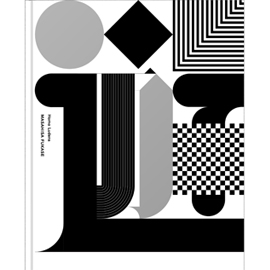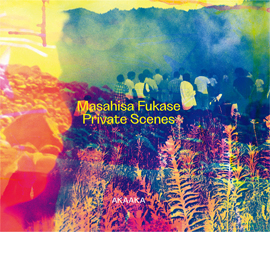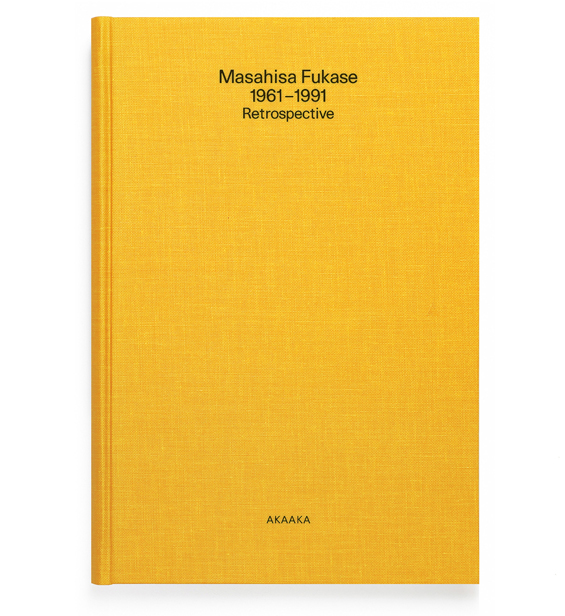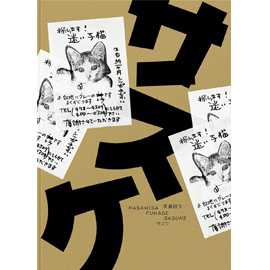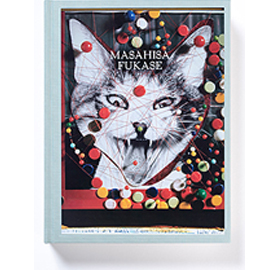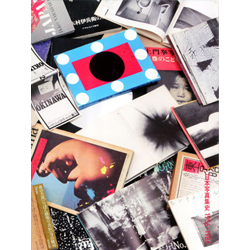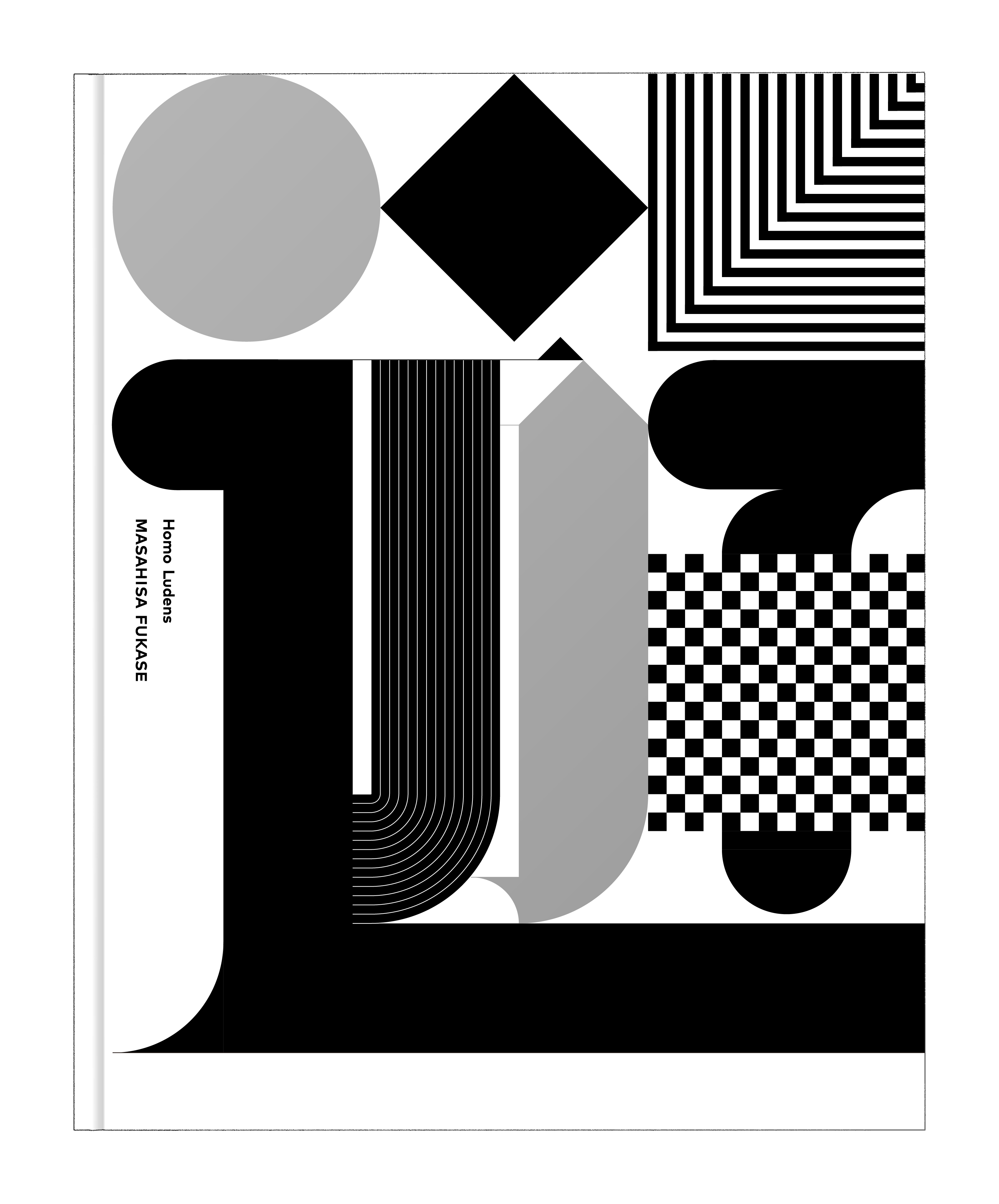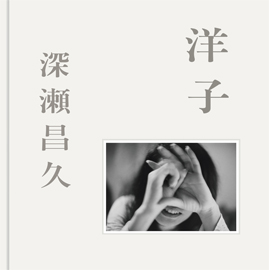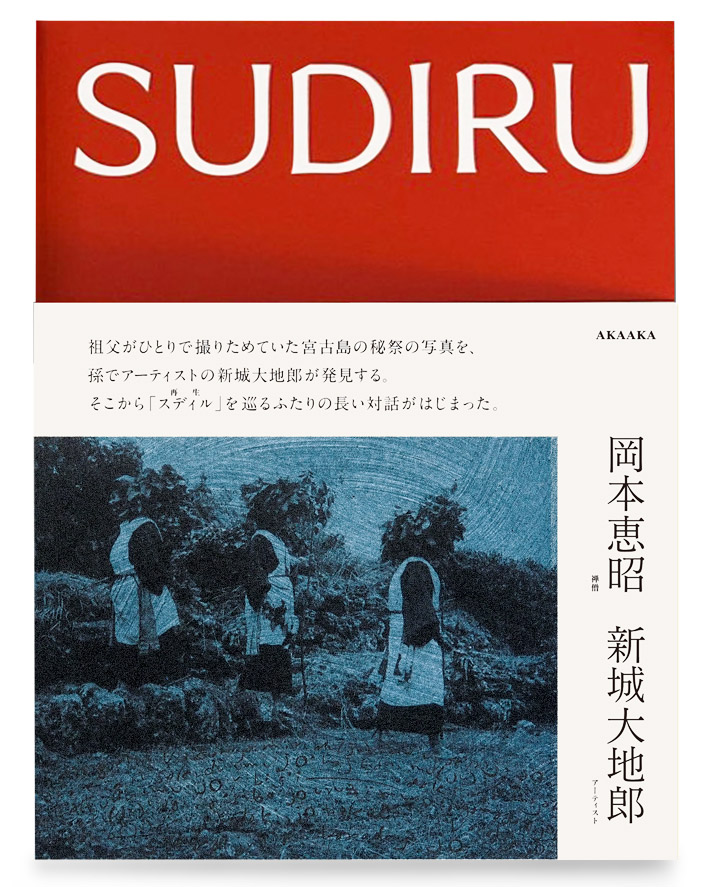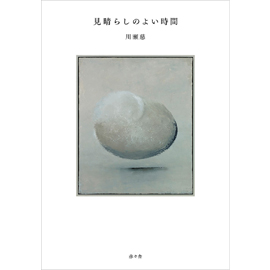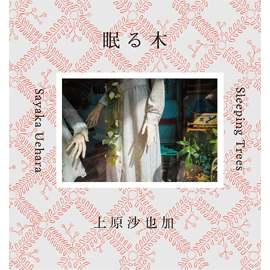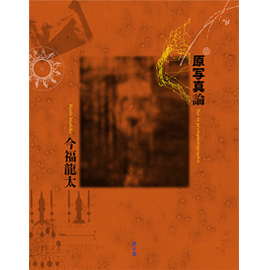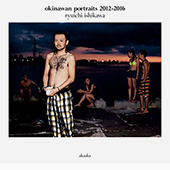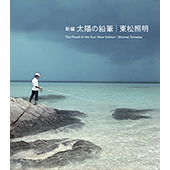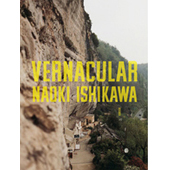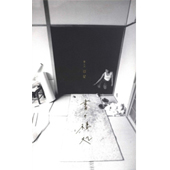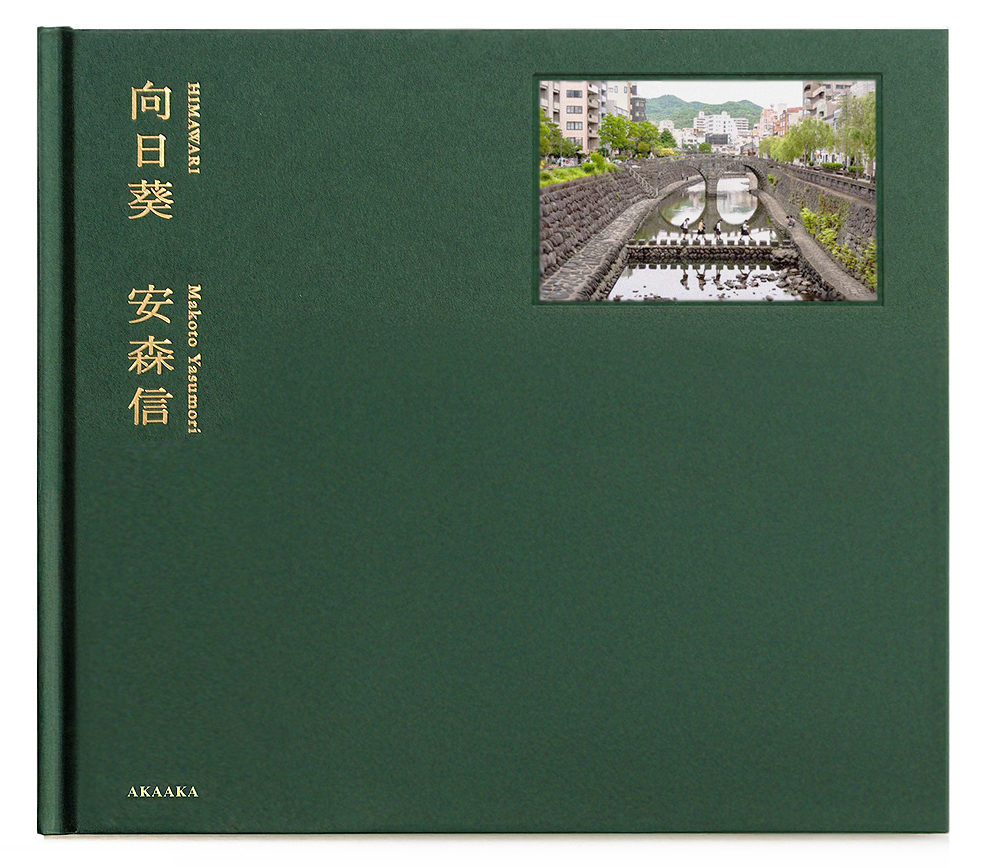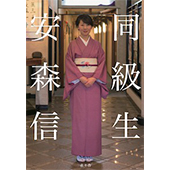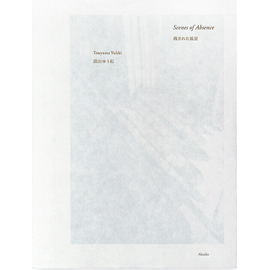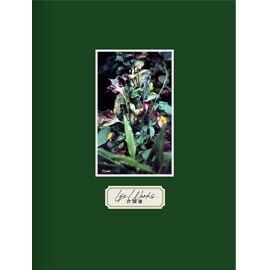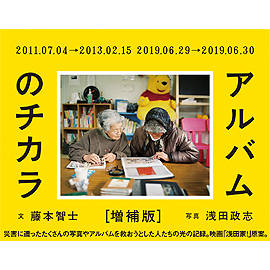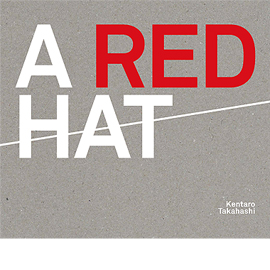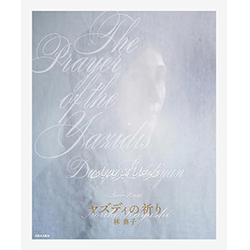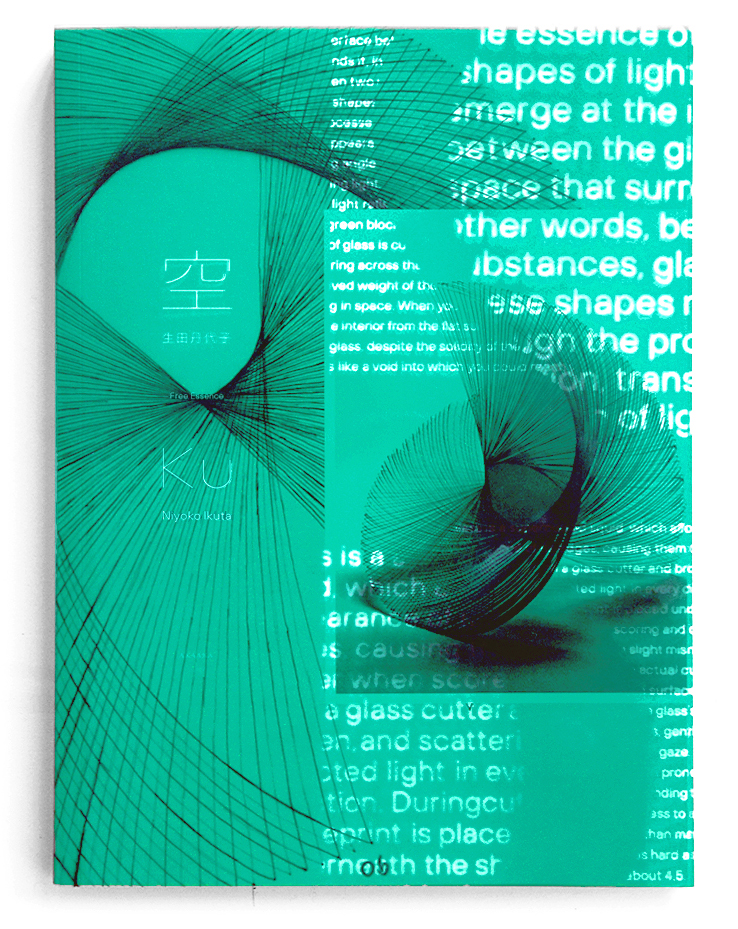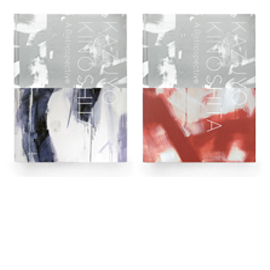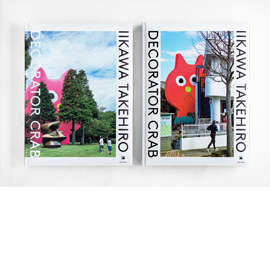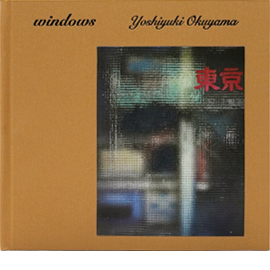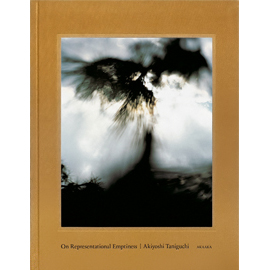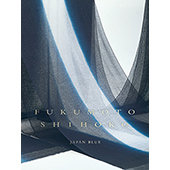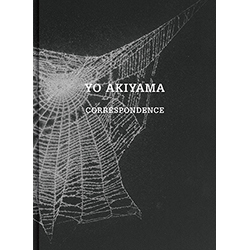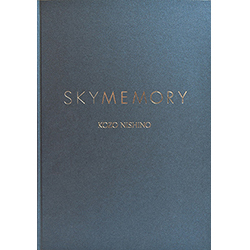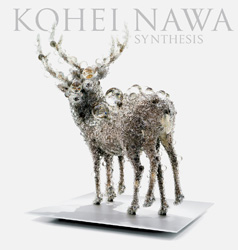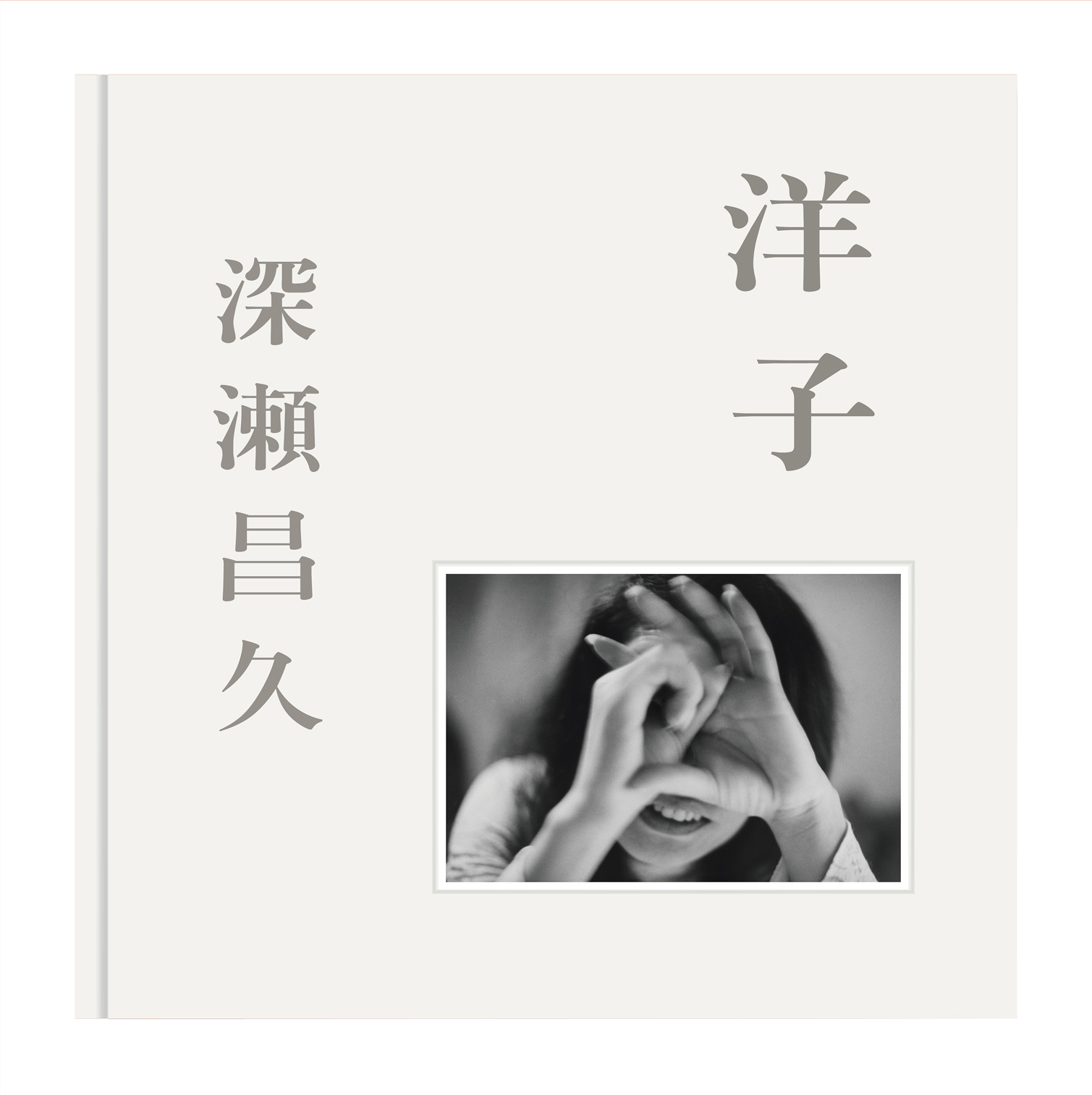
深瀬昌久『洋子』
Book Design:鈴木千佳子 発行:赤々舎 Size: H245mm × W245mm Page:168 pages Binding:Hardcover bilingual (Japanese and English) Published in April 2025 ISBN:978-4-86541-196-6 |
¥ 6,500+tax
国内送料無料! お支払い方法は、PayPal、PayPay、Paidy 銀行振込、郵便振替、クレジットカード支払いよりお選び頂けます。 |
|---|
About Book
深瀬昌久、不朽の名作『洋子』── 奇跡の復刊!
Click here for the simultaneous reprint of 'Homo Ludens'
Yoko
Masahisa Fukase
"Masahisa Fukase, the Timeless Masterpiece 'Yoko' -- A Miraculous Reprint Edition!
Originally published in 1978, Masahisa Fukase's 'Yoko' stands as a defining series in his body of work, yet it had long been out of print. Now, nearly half a century later, this extraordinary photobook returns, brought to life with the full support of Yoko Miyoshi (formerly Fukase), Fukase's model and muse, and under the careful supervision of Tomo Kosuga, director of the Masahisa Fukase Archives. This new reprint edition faithfully includes all photographs and texts from the original edition.
In addition, it features newly incorporated elements: contemporaneous texts referenced at the time of the original publication, an essay by Masako Toda, and a heartfelt message from Yoko Miyoshi on the occasion of this reissue. Every aspect of the book's design and composition has been meticulously crafted to reaffirm the significance of this masterpiece and the passage of time it has endured.
Fukase and Yoko met in 1963 and were married in 1964. In the 1960s, they lived together as newlyweds at the Soka-Matsubara public housing complex, where Fukase began photographing Yoko. In the 1970s, he continued to capture her in various locations, including his hometown of Hokkaido, her birthplace of Kanazawa, as well as Izu, Kyoto, and other places. In the autumn of 1973, Fukase created a series titled Untitled (From the Window), capturing Yoko's elegant poses every morning as she left for work, taken from the fourth-floor window of their home using a telephoto lens. These photographs were published intermittently between 1964 and 1976 in the magazine Camera Mainichi.
In 1974, Fukase's works were included in the New Japanese Photography exhibition at the Museum of Modern Art (MoMA) in New York. During this period, the couple traveled to New York, and the scenes from this journey were also captured in his photographs.
Fukase's relentless pursuit of self-exploration led him to consistently turn his camera toward himself and his family.
As Tomo Kosuga noted, Fukase's private life became art, making the personal public and gradually leading to "a paradox in which they seemed to be together solely for the sake of photography." (Excerpts from "Masahisa Fukase 1961-1991 Retrospective") The couple divorced in 1976, and two years later, the photobook Yoko (published by Asahi Sonorama) was completed. The cover featured a photograph of Yoko in a kimono, gazing back through shattered glass radiating outward, a powerful and poignant image that captured the essence of their complex relationship.
For this new reprint edition, the book's format has been expanded to amplify the presence of each photograph, and the cover has also been renewed. In addition, the pages featuring ravens--ominous yet poetic symbols that seemed to foretell the future of the couple--are now arranged with greater stillness and deliberation, inviting viewers to engage more deeply with every image.
In revisiting 'Yoko,' one must ask: What, ultimately, did Fukase capture through his lens? Against the backdrop of the era's spirit, the photobook contemplates the essential question of photography--the nature of relationships between two individuals.
We hope that this 'Yoko,' with its liberated scale and profound sensitivity, spreads its wings and takes flight once more, soaring freely into the present and resonating anew in our time.
"Whether we call it love or a mirror, it is undoubtedly one and the same--the profound communion with the other."
── Masako Toda (Photography historian)
"Here is the record of photographs taken by one man of one woman over a period of more than ten years."
── Shoji Yamagishi
About Cinema
|
映画「レイブンズ」 写真家:深瀬昌久の生涯を映画化。 伝説の写真家 深瀬昌久 × 最愛の妻、最強の被写体 洋子 ×哲学的な鴉の化身。ダークでシュールなラブストーリー。 出演:浅野忠信 瀧内公美ほか 監督:マーク・ギル 上映時間:116分 2025年3月28日 TOHOシネマズ シャンテ、新宿武蔵野館、ユーロスペースほか全国公開。 STORY 北海道の高校を卒業した深瀬は、父の写真館を継ぐことを拒んで上京する。 彷徨う日々の中で彼は洋子に出会う。洋子は美しく力に満ちていた。洋子が深瀬の写真の主題となり、二人はパーソナルでありながら革新的な作品を作り出していった。家庭らしい家庭を知らずに育った深瀬は、家族愛に憧れていた。洋子の夢を支援するため懸命に働く深瀬だったが、ついに洋子の信頼を裏切り彼女の夢もうちくじいてしまう。 深瀬「写真家にまともな生活はない。俺はカメラを武器のように使った。俺が愛する全てのものと全ての人を俺の仕事に引きずり込んだ」 洋子「そんなものの後ろに隠れてないで...。私を見てよ...カメラ じゃなくて人の眼で見て。」 天賦の才の一方で、心を閉ざし、闇を抱えていた。それは異形の"鴉の化身"として転生し、哲学的な知性で芸術家への道を容赦なく説き、翻弄する。深瀬の最愛の妻であり最強の被写体であった洋子の存在を犠牲にしてもー。闇落ちから深瀬を守ろうとする妻洋子―1950年代の北海道、70年代のNY、1992年東京まで、疾風怒濤のダークでシュールなラブストーリー。 |
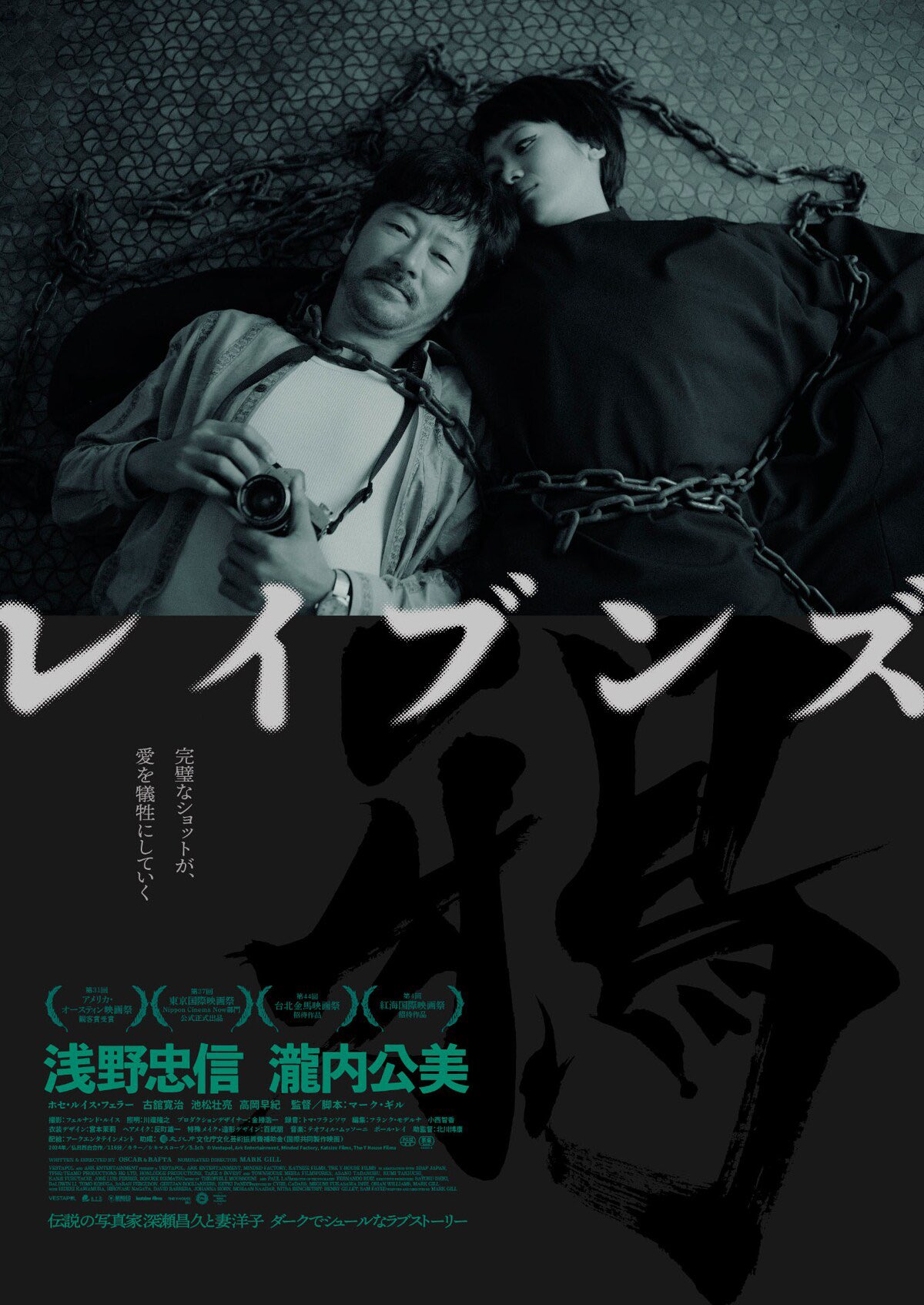
フランス・日本・ベルギー・スペイン合作|配給:アークエンタテインメント
|
映画「レイブンズ」公開記念 深瀬昌久フェア
代官山蔦屋書店(3/28金 ~ 4/14月)/銀座蔦谷書店(4/1火 ~ 4/20日)/京都蔦屋書店(3/28金 ~ 5/11日)/梅田蔦屋書店(3/28金 ~ 4/20日)/紀伊國屋書店 新宿本店(3/20木 ~ 4/30水)
マーク・ギル監督による深瀬昌久の各写真集への書き下ろしコメントと共に、新刊『洋子』『遊戯』をはじめとする赤々舎刊行タイトル、および『鴉 / RAVENS』をはじめとするtwelvebooksさんのディストリビューションタイトル、グッズ等が一堂に並びます。こちらにもぜひ足をお運びくださいませ。
Artist Information
深瀬昌久 (Masahisa Fukase)
Masahisa Fukase
Masahisa Fukase was born in the town of Bifuka in Nakagawa District, Hokkaido, in 1934. He graduated from the Nihon University College of Art's Photography Department in 1956. Fukase became a freelance photographer in 1968 after working at the Nippon Design Center and Kawade Shobo Shinsha Publishers. His major collections include Yugi (English: Homo Ludence) (Chuokoronsha, 1971), Yoko (Asahi Sonorama, 1978), and Karasu (English: Ravens) (Sokyusha, 1986). His major group exhibitions include "New Japanese Photography" (New York MoMA, 1974), "Black Sun: The Eyes of Four" (Oxford Museum of Modern Art, 1985), "By Night" (Fondation Cartier pour l'Art Contemporain, 1996), and "OUT OF JAPAN" (Victoria and Albert Museum, 2002). Fukase has also held countless other solo exhibitions. He is also the winner of prizes such as the 2nd Ina Nobuo Award in 1976 for his exhibition "Karasu" as well as the Special Award at the 8th Higashikawa Photography Awards in 1992.
In 1992 a tragic fall had left the artist with permanent brain damage,and it was only after his death in 2012 that the archives were gradually disclosed. Since then a wealth of material has surfaced that had never been shown before.
In 2017, His first posthumous major retrospective "l'incurable égoïste" was held at the Arles International Photo Festival, France. The following year, his first domestic retrospective, "Play" was also held at KYOTOGRAPHIE, Japan. and In conjunction with the exhibition "Private Scenes," at Foam,2018, The Netherlands, Masahisa Fukase; Xavier Barral(English and French) Akaaka (Japanese), have been published.
Other titles, including Kill the Pig; Ibasho & the (M) éditions, 2021, Sasuke; Xavier Barral (English and French),Akaaka(Japanese) ,2021, Family; Mack, 2019, have been published in recent years.

